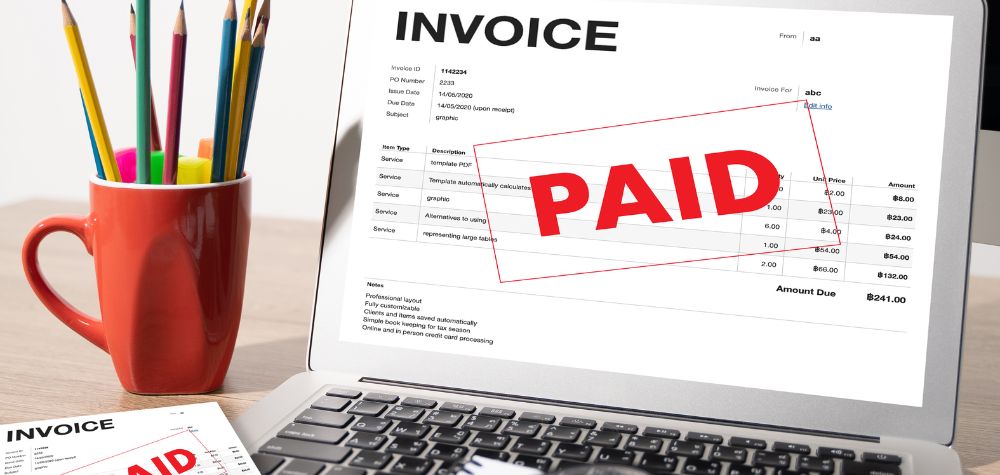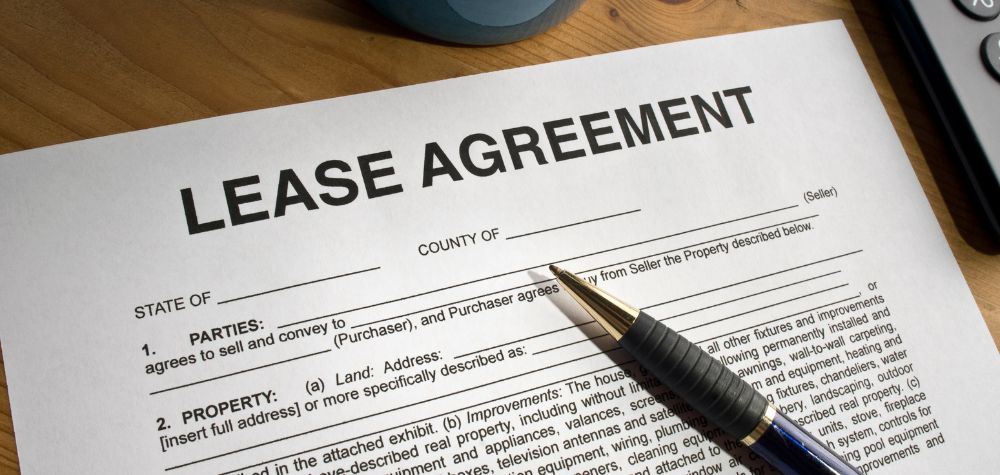
Refinancing a home loan can be a strategic move for Australians looking to optimize their financial situation.
However, this process comes with its own set of complexities and potential pitfalls. To ensure a successful and beneficial refinancing experience, Australians should exercise caution and pay close attention to three key factors.
Interest Rates and Hidden Costs:
One of the primary motivations for refinancing is often securing a lower interest rate, thereby reducing monthly payments and the overall cost of the loan.
However, it’s crucial for Australians to be aware of potential hidden costs associated with refinancing. Lenders may charge fees for closing the existing loan, application fees for the new loan, and various other administrative costs.
Additionally, there might be penalties for paying off the original loan early.
It’s imperative to scrutinize the terms and conditions thoroughly and calculate the total cost of refinancing, factoring in the visible fees and the long-term impact of the new interest rate. While a lower interest rate can be advantageous, ensuring that the overall financial benefit justifies the expenses associated with refinancing is essential.
Loan Term and Repayment Structure:
Refinancing offers an opportunity not only to secure a more favourable interest rate but also to adjust the loan term and repayment structure. Australians should be wary of extending the loan term simply to reduce monthly payments. While this might provide short-term relief, it could result in paying more interest over the life of the loan.
Careful consideration should be given to the desired loan term and how it aligns with financial goals. Shortening the loan term may lead to higher monthly payments but could save significant money on interest in the long run. Alternatively, lengthening the loan term might reduce immediate financial strain but may increase the total interest paid over time.
Understanding the implications of these decisions and choosing a loan term that aligns with both short-term and long-term financial goals is crucial.
Credit Implications and Financial Stability:
Refinancing can impact an individual’s credit score and financial stability. When applying for a new loan, lenders will conduct a credit check, which can temporarily lower the borrower’s credit score. Multiple credit inquiries within a short period may also raise red flags for lenders.
Australians should be cautious about the timing of refinancing, particularly if they have plans to make significant financial decisions, such as applying for a new credit card or seeking additional loans. Maintaining a stable financial profile during and after the refinancing process is essential to ensure access to favourable terms for future credit needs.
Refinancing a home loan is a financial strategy that can yield significant benefits when approached with caution and a thorough understanding of the associated risks. Australians should carefully assess interest rates, hidden costs, loan terms, and potential credit implications to make informed decisions that align with their financial goals. By navigating these factors diligently, homeowners can unlock the full potential of refinancing while avoiding common pitfalls.










